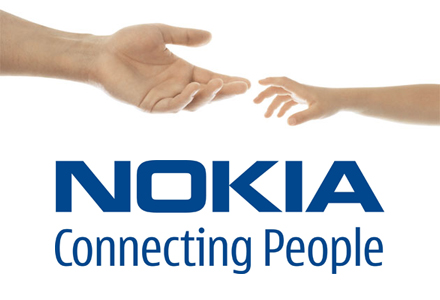Telecom & Wireless
Nokia Fires 10,000 as Its "Burning Platform" Gets Smaller
Published:
Last Updated:
What CEO Stephen Elop called Nokia’s (NYSE: NOK) “burning platform” just got much smaller. He described Nokia with that analogy immediately after he joined Nokia just over a year ago. The company will fire 10,000 people and close a number of facilities. The figure is about 20% of the total workforce. Based on the company’s description of its broader plans, the new Nokia will look very like a smaller versions of the old Nokia.
Nokia has fallen behind Samsung as the world’s largest handset maker. Its smartphone business is a disastrous mess and runs well behind Apple (NASDAQ: AAPL) and a number of makers of Google (NASDAQ: GOOG) Android-powered devices. That includes the new Samsung S III, which has done remarkably well.
Nokia has launched smartphones of its own, with the flagship Lumia 900 reaching the market three months ago. It carries the OS of its strategic partner Microsoft (NASDAQ: MSFT), which has used Nokia to get market share for Windows mobile. So far, this plan has not worked. And, in the world of smartphones, a product that is not an immediate hit is likely to be no hit at all. This is particularly evident in the incredibly strong debuts of the top Apple and Samsung phones, which sell millions in the first few days and continue with robust sales for quarters after.
Nokia’s humiliation about its lack of success was signaled by the way it buried the layoff news near the bottom of its press release about its plans. The firm headlined the release “Nokia sharpens strategy and provides updates to its targets and outlook.” The sharpening of that strategy has become increasingly a retreat from a number of businesses. At the heart of the explanation of its future, that handset company said it will:
• Invest strongly in products and experiences that make Lumia smartphones stand out and available to more consumers;
• Invest in location-based services as an area of competitive differentiation for Nokia products and extend its location-based platform to new industries; and
• Improve the competitiveness and profitability of its feature phone business.
But the Lumia launch has shown almost no promise, location-based services are part of every company in the sector’s core products, and improved competitiveness is based on unique feature sets that Nokia’s phones do not have.
Nokia has begun to look more and more like Research In Motion (NASDAQ: RIMM), which has been unable to do more than barely hang on as its market share in the smartphone sector is devoured. RIM has also gone through a series of large layoffs, as its new CEO tries to find some program to reverse its slide.
All that is left for the two companies is to hope to find buyers for part or all of their companies.
Douglas A. McIntyre
Credit card companies are pulling out all the stops, with the issuers are offering insane travel rewards and perks.
We’re talking huge sign-up bonuses, points on every purchase, and benefits like lounge access, travel credits, and free hotel nights. For travelers, these rewards can add up to thousands of dollars in flights, upgrades, and luxury experiences every year.
It’s like getting paid to travel — and it’s available to qualified borrowers who know where to look.
We’ve rounded up some of the best travel credit cards on the market. Click here to see the list. Don’t miss these offers — they won’t be this good forever.
Thank you for reading! Have some feedback for us?
Contact the 24/7 Wall St. editorial team.